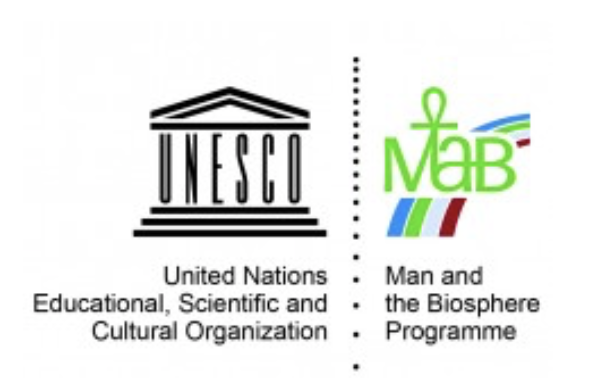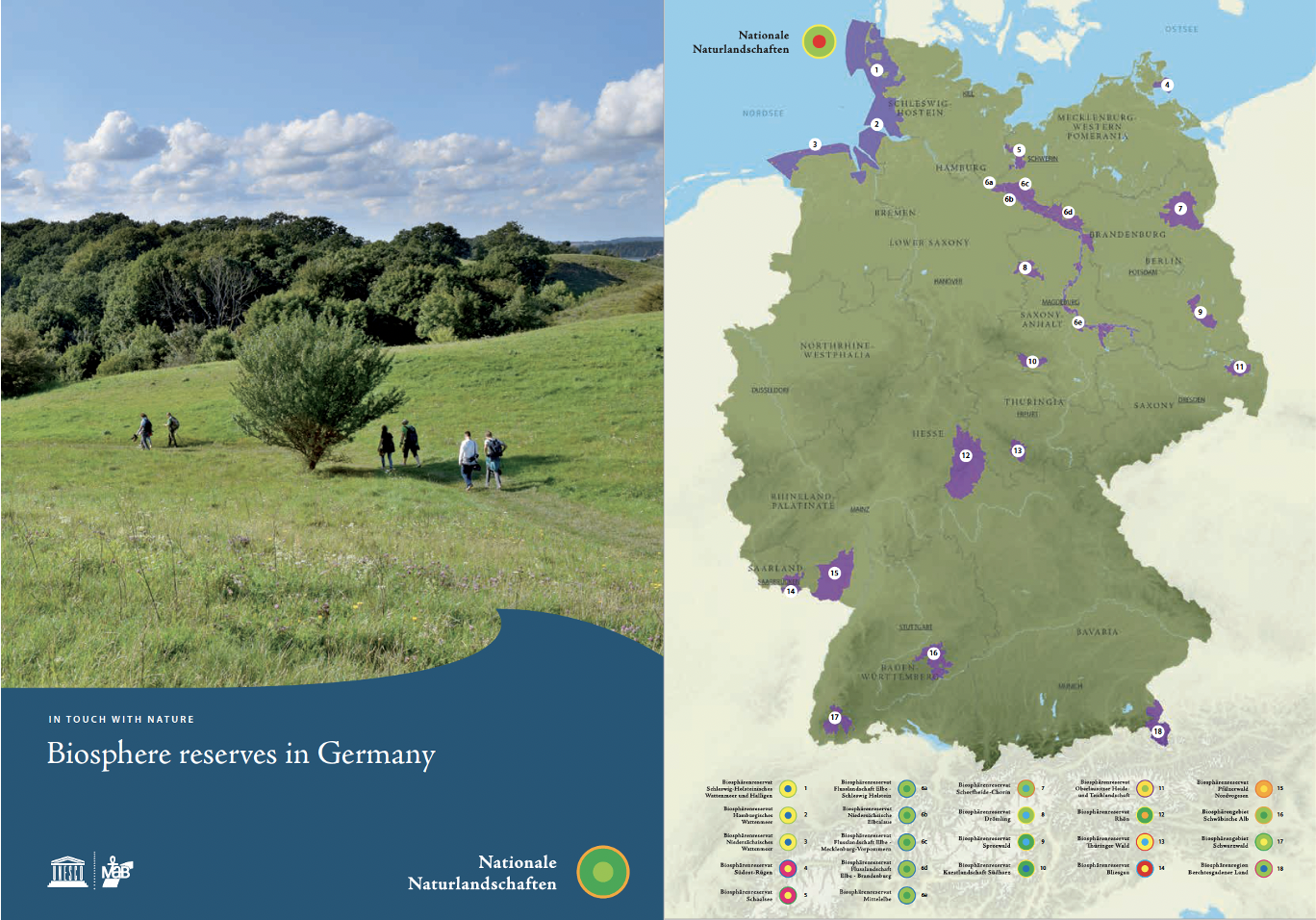by Julia Rawlins
LT&C’s new German partner, National Natural Landscapes is a registered charity and the umbrella organisation for all National Parks (16 in total), Biosphere Reserves (18), Nature Parks (over 100) and one Wilderness Area. In their recent publication ‘Biosphere Reserves in Germany‘, they highlight the many ways in which these unique natural and cultural landscapes create value and help find new ways to balance preserving and protecting our environment and allowing its use and enjoyment. In an interview, the Chair of NNL, Peter Südbeck, explains the origins, significance and current relevance of the concept: “Biosphere reserves are important places: real-word laboratories as it were, where individual, future-proof solutions to these challenges can be developed. In this process, the joint search for solutions with local people, and the mutual learning and exchange of experience in the global network of biosphere reserves, both play significant roles. Biosphere reserves are true model regions for the future of our planet. Their significance is being made particularly clear in the times of the Corona pandemic.“
The brochure takes the reader on a journey to discover the diversity of the 18 Biosphere Reserves, suggesting itineraries for visitors and describing key features, facts & figures, providing visitor information and stunning photography. ‘Creating synergies between nature and society’ is central to the purpose of Biosphere Reserves and there is a list of ways for people to get involved at the end of the booklet. From Junior Rangers, Volunteering, an online Marketplace for conservation activities to the renowned Partner Programme, there are multiple ways to enjoy, participate and be inspired by local people and businesses working hand-in-hand with the natural environment.
The UNESCO Man and Biosphere (MAB) Programme is an intergovernmental scientific programme that aims to establish a scientific basis for enhancing the relationship between people and their environments. It combines the natural and social sciences with a view to improving human livelihoods and safeguarding natural and managed ecosystems, thus promoting innovative approaches to economic development that are socially and culturally appropriate and environmentally sustainable.

The World Network of Biosphere Reserves currently counts 714 sites in 129 countries all over the world, including 21 transboundary sites. Since the countries of the world in 2015 agreed on the 17 Sustainable Development Goals (SDGs), to be reached by 2030, UNESCO calls Biosphere Reserves also “Laboratories for SDGs”. Maybe the German concept of Biosphere Reserves can serve as a leading model of such laboratories, particularly if the country will develop the next generation of such reserves. Biosphere Reserves are typically zoned and incorporate natural protected areas as core zones. They can be one type of contribution to the 30 X 30 Goal, promoted by the High Ambition Coalition (HAC) for Nature and People: Protecting 30% of the earth by 2030, a goal to be decided by the UN Convention on Biological Diversity (CBD) at their COP15 in October in Kunming, China.



